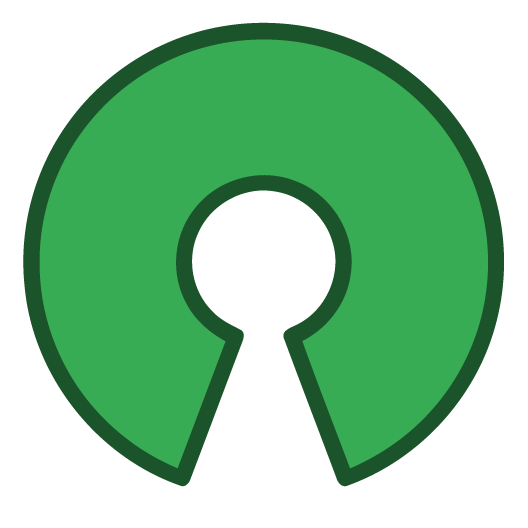
- Details
- Written by: ENVIS.CES
- Category: Uncategorised
- Hits: 758
Canvas has been the #1 most popular LMS in the United States for the last three years and it’s the LMS of the world’s top universities such as Stanford University and Cornell University. Open-source by design, Canvas was launched in 2011 by two BYU graduates Brian Whitmer and Devlin Daley, and its’ popularity has shot up like a rocket since that time.
Designed to compete with the Blackboard LMS, developers of the Canvas LMS emphasized its’ simplicity, ease of use, and modern toolset. At a time when an LMS was seen as something usable only by tech-savvy people, the Canvas LMS came and proved that an LMS can be intuitive enough to be used by anyone.
Another key reason why the popularity of Canvas grew so quickly is that it had cloud-based hosting from the beginning. This was during a time when cloud-based computing was still a novel concept to most. Keep in mind that Blackboard, their biggest competitor, did not make the switch to a fully functional cloud-based infrastructure until as late as 2018.
- Details
- Written by: ENVIS.CES
- Category: Uncategorised
- Hits: 824
A learning management system (LMS) is a software application for the administration, documentation, tracking, reporting, automation, and delivery of educational courses, training programs, or learning and development programs.[1] The learning management system concept emerged directly from e-Learning. Learning management systems make up the largest segment of the learning system market. The first introduction of the LMS was in the late 1990s.[2] Learning management systems have faced a massive growth in usage due to the emphasis on remote learning during the COVID-19 pandemic.[3]
Learning management systems were designed to identify training and learning gaps, using analytical data and reporting. LMSs are focused on online learning delivery but support a range of uses, acting as a platform for online content, including courses, both asynchronous based and synchronous based. In the higher education space, an LMS may offer classroom management for instructor-led training or a flipped classroom. Modern LMSs include intelligent algorithms to make automated recommendations for courses based on a user's skill profile as well as extract metadata from learning materials to make such recommendations even more accurate.

- Details
- Written by: ENVIS.CES
- Category: Uncategorised
- Hits: 2718
Free and open-source software (FOSS) is software that is both free software and open-source software[a] where anyone is freely licensed to use, copy, study, and change the software in any way, and the source code is openly shared so that people are encouraged to voluntarily improve the design of the software.[3] This is in contrast to proprietary software, where the software is under restrictive copyright licensing and the source code is usually hidden from the users.
FOSS maintains the software user's civil liberty rights (see the Four Essential Freedoms, below). Other benefits of using FOSS can include decreased software costs, increased security and stability (especially in regard to malware), protecting privacy, education, and giving users more control over their own hardware. Free and open-source operating systems such as Linux and descendants of BSD are widely utilized today, powering millions of servers, desktops, smartphones (e.g., Android), and other devices.[4][5] Free-software licenses and open-source licenses are used by many software packages. The free software movement and the open-source software movement are online social movements behind widespread production and adoption of FOSS, with the former preferring to use the terms FLOSS or free/libre.

